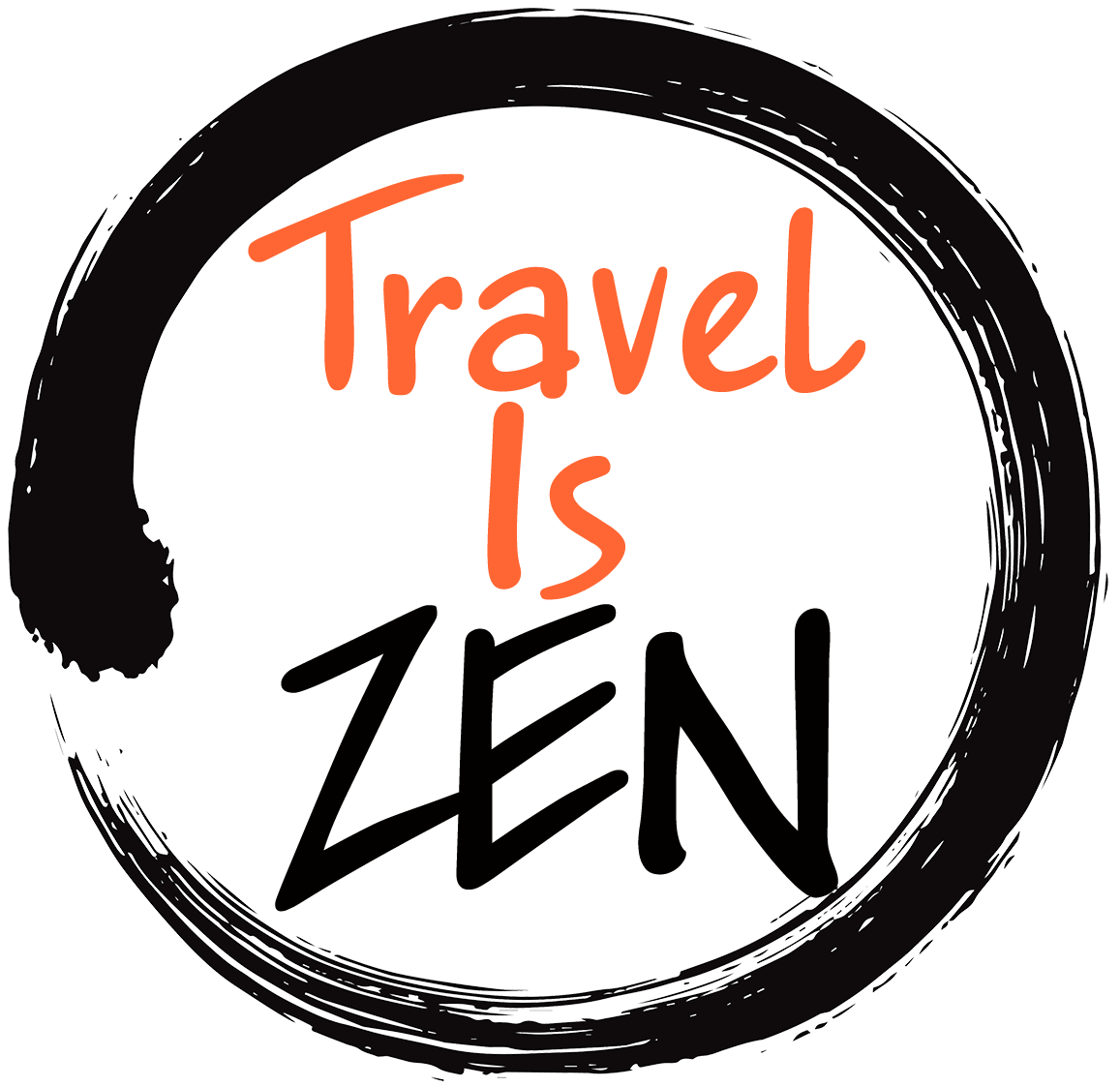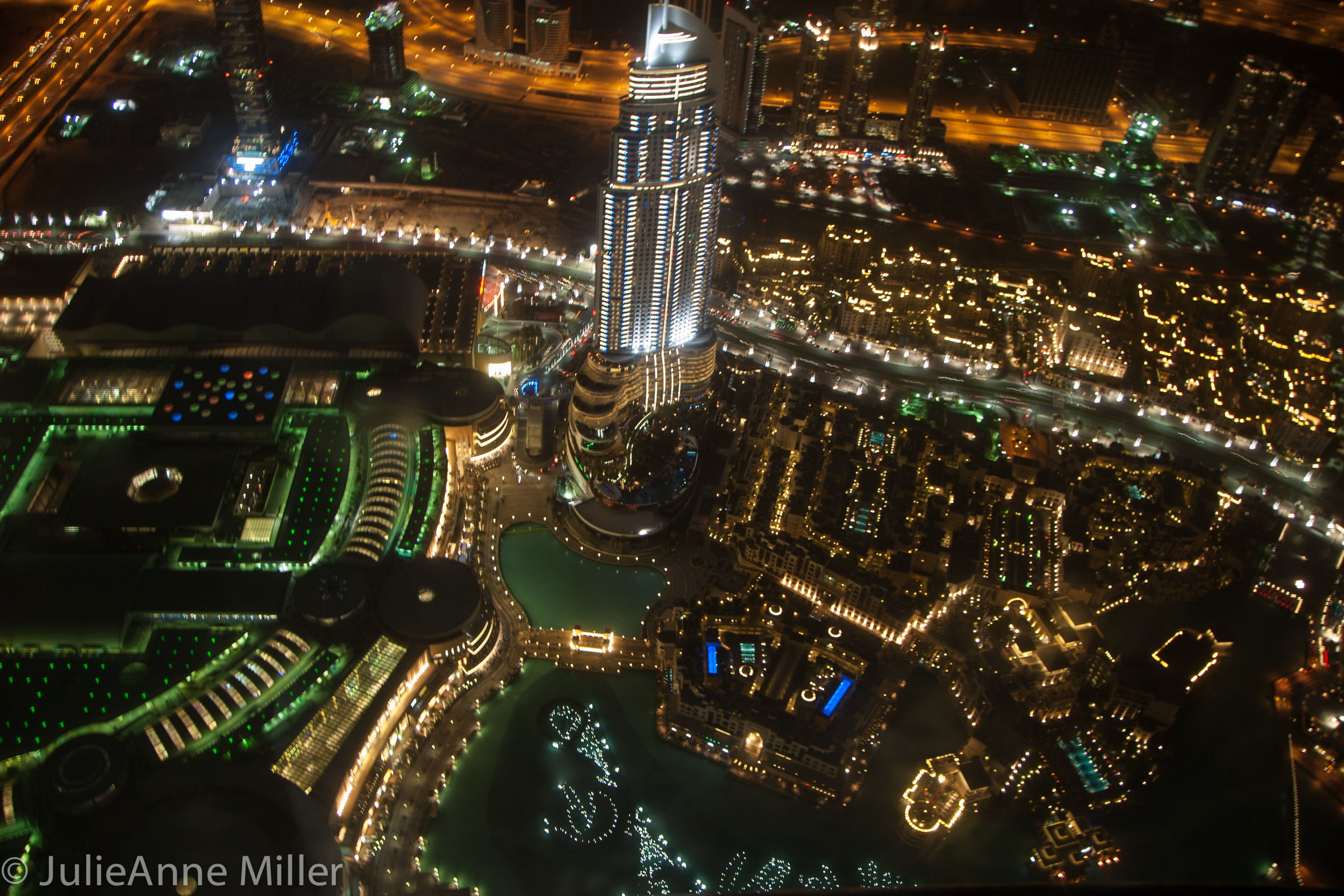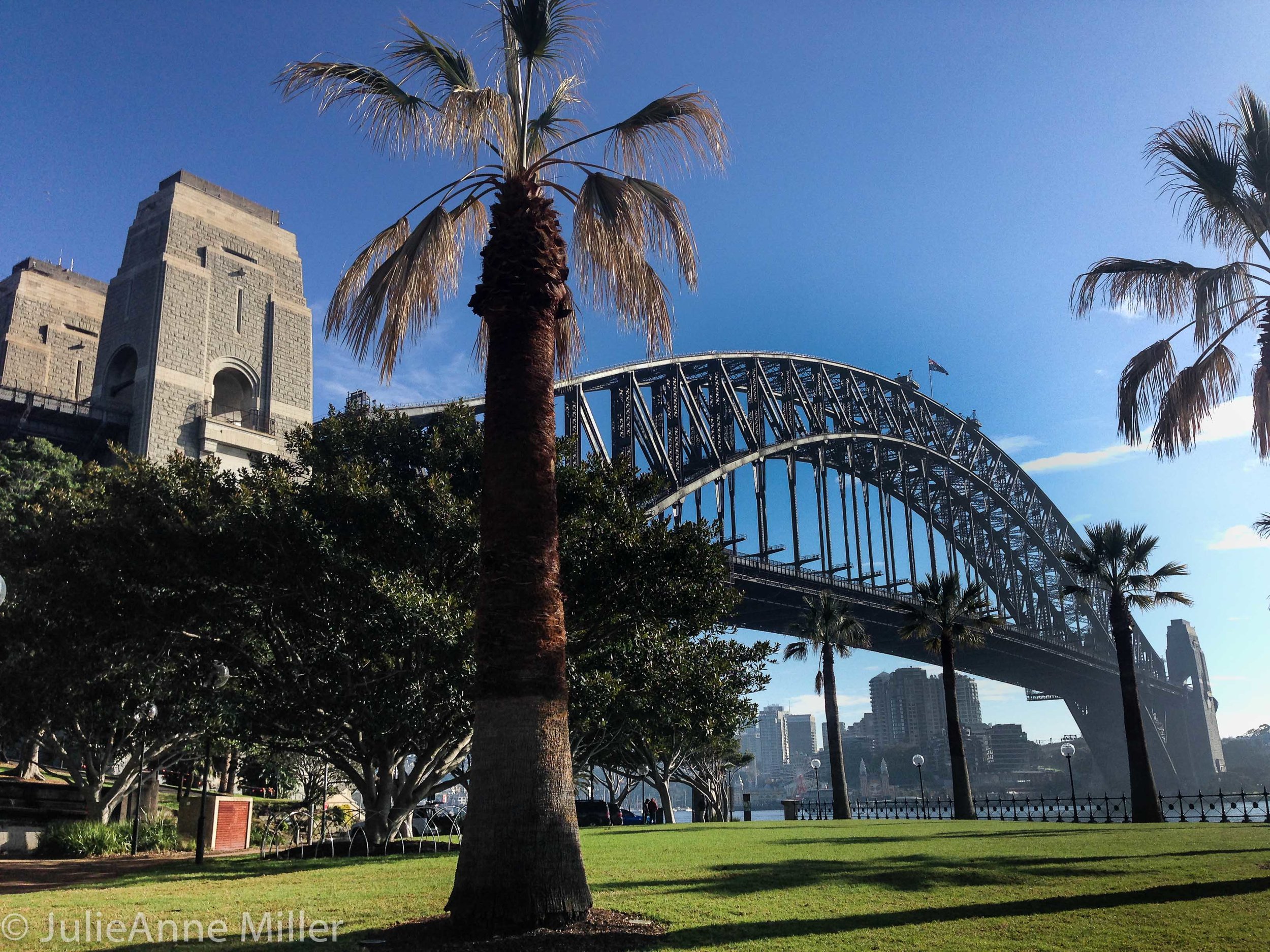Dubai
Dubai is divided into "old" and "new" (or perhaps more aptly, "shorter" and "taller"). The shorter area is known as Creekside, where early nomads established a permanent settlement at the confluence of Dubai Creek and the Persian Gulf. Dubai as a sparkling shining city arising out of the desert is new, but Dubai the sheikdom has a deep and long history. The Dubai Museum, housed in the city's oldest building Al Fahidi Fort (built in 1787), inculcates an appreciation for Dubai's bedouin history and rapid growth...and offers a sneak peek into what this oil-rich country has in store for the future. Immersive exhibits help visitors experience a traditional Arab house, mosque, souk, date farm, and the fort itself. A souk is the name for traditional gold, spice, and pearl markets in Creekside. Pearls in the desert? Yes! Pearl diving in the Arabian Gulf was a major business for Dubai, until China developed cultured pearls in the early 1900's. Then along came oil.
Oil was discovered in the region in the 1950's and by the late 1960's was providing these former pearl-divers with revenue to build. Beginning in the 1970's, they "went big"! Driving through the center of Dubai is like glimpsing Fantasia. The buildings soar into the sky, the metal and glass shimmering in the sun.
Each building is designed to intrigue, astonish, and behold, but the Burj Khalif is the crown jewel. Conceived in 2003 and opened just 7 years later in 2010, the Burj Khalif is the world's tallest building with 163 floors and rising 2,723 feet (830 meters). It's also the centerpiece of the $20 billion Downtown Dubai complex. There are only over-used adjectives and cliches to describe the views from the Level 124 Observatory, so have a look for yourself:
Oil provided revenue to invest in infrastructure and real estate, drawing in tourists, expat workers, and business from around the globe. Dubai's economy is now highly diversified, with oil only contributing about 5% of Dubai's revenue. Tourism comprises about 20% of GDP and it's easy to see why when you plop yourself on Jumeirah Beach, along the Persian Gulf coast. Warm aqua-blue and green waters lap against white sandy beaches. Or take a drive out to the Atlantis at the far end of the man-made island resort, the Palm Deira. From the air (or a rooftop lounge, which is where we took our photos), the island is in the shape of a palm tree. Hotels, apartments, and beach homes are situated on narrow fronds. It is an awesome engineering feat, to say the very least, and one of the reasons Dubai is now the 4th most visited city in the world.
Art provides insight into a culture and the art galleries in Dubai featuring the works of regional artists do not disappoint! We visited several art galleries, but the most memorable was XVA Art Hotel, a combination art gallery, hotel, and cafe. Tucked away in an alley in the Al Fahidi historical neighborhood, we ducked inside and the manager welcomed us with enthusiasm. He gave us a thorough tour of the rooms and explained that a guest will never have the same experience twice at XVA because the art displays and room decor are always changing.
Click any photo for a larger slideshow…































